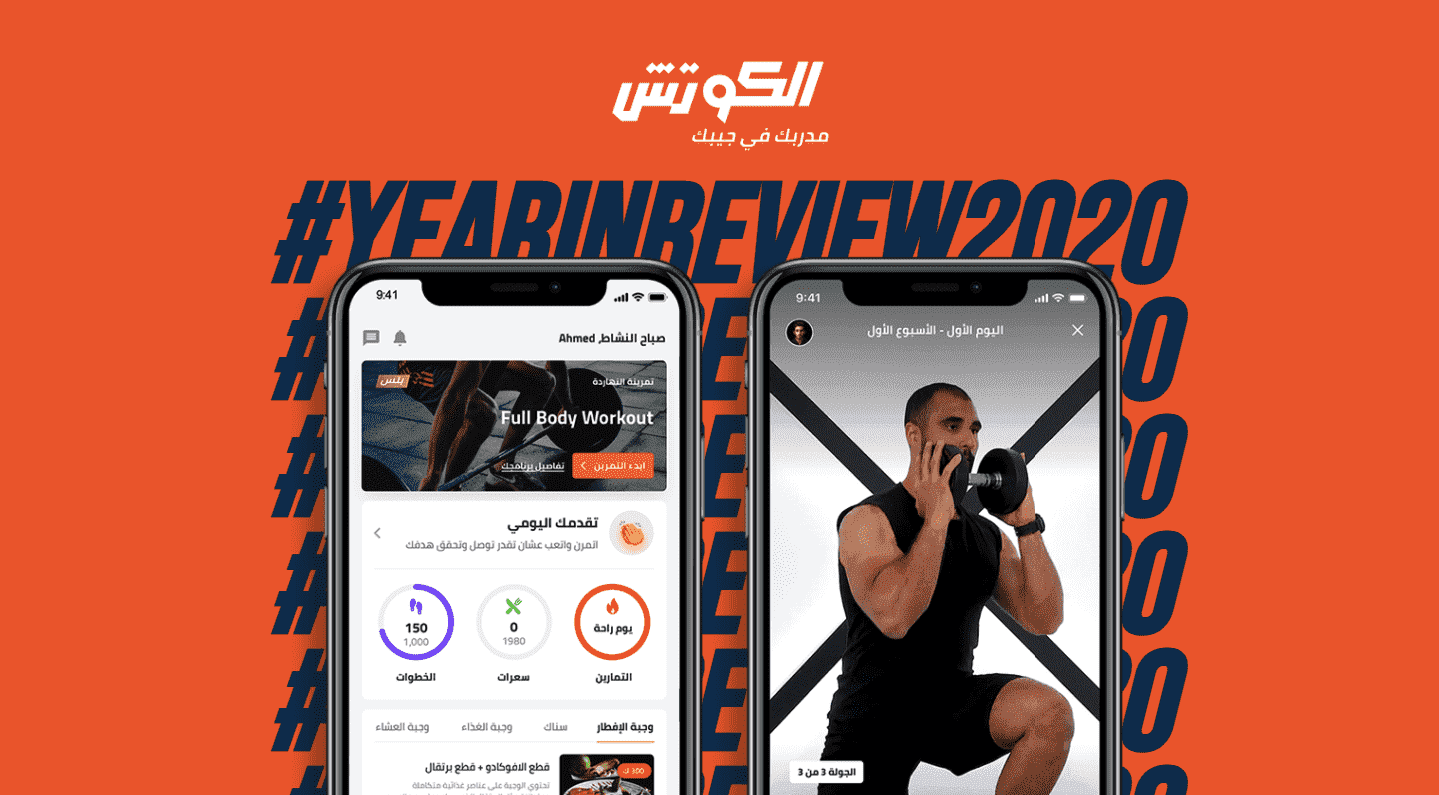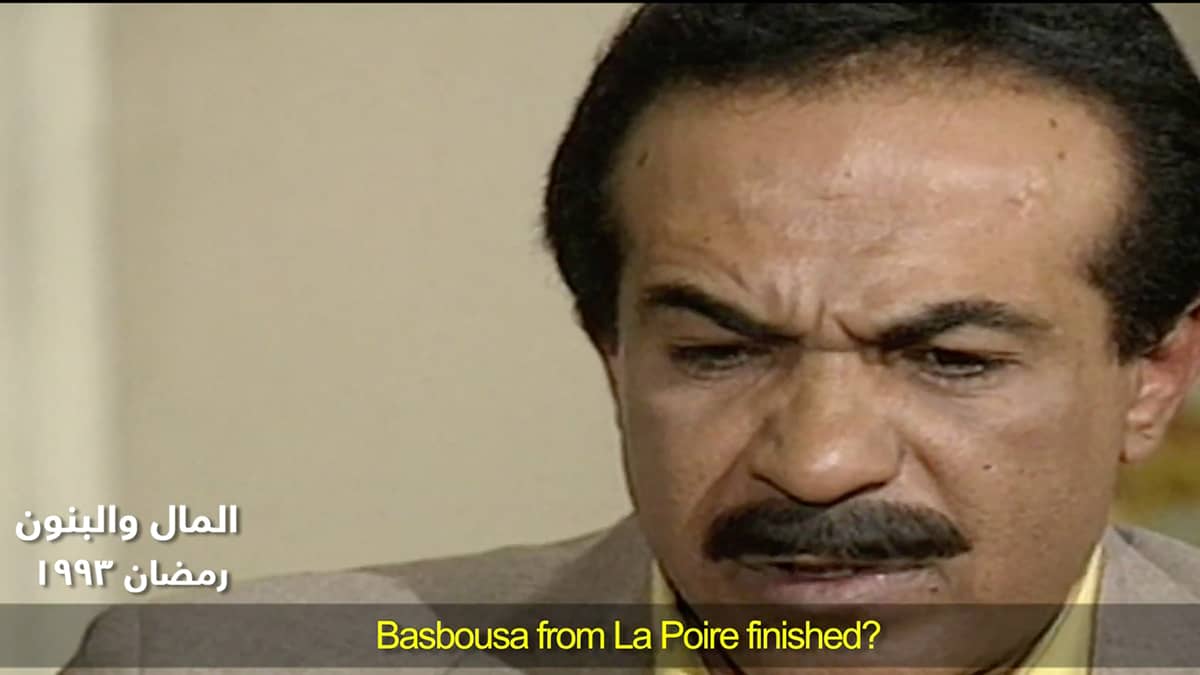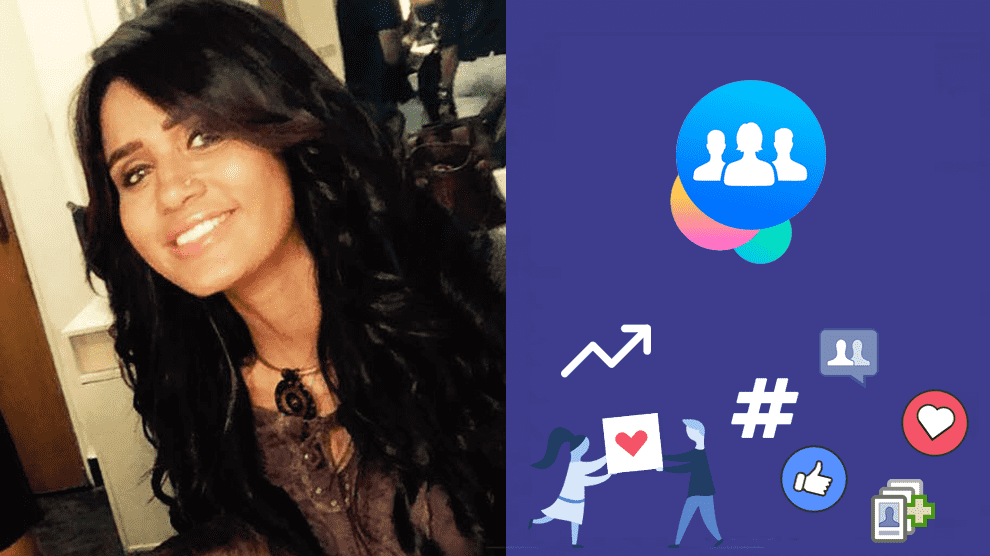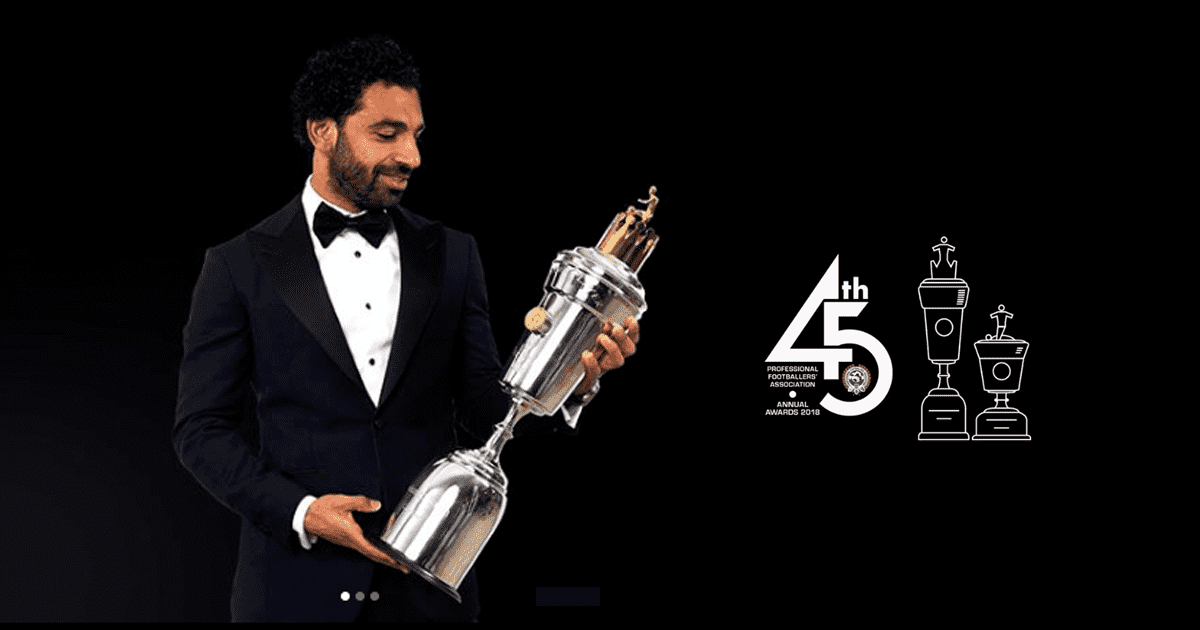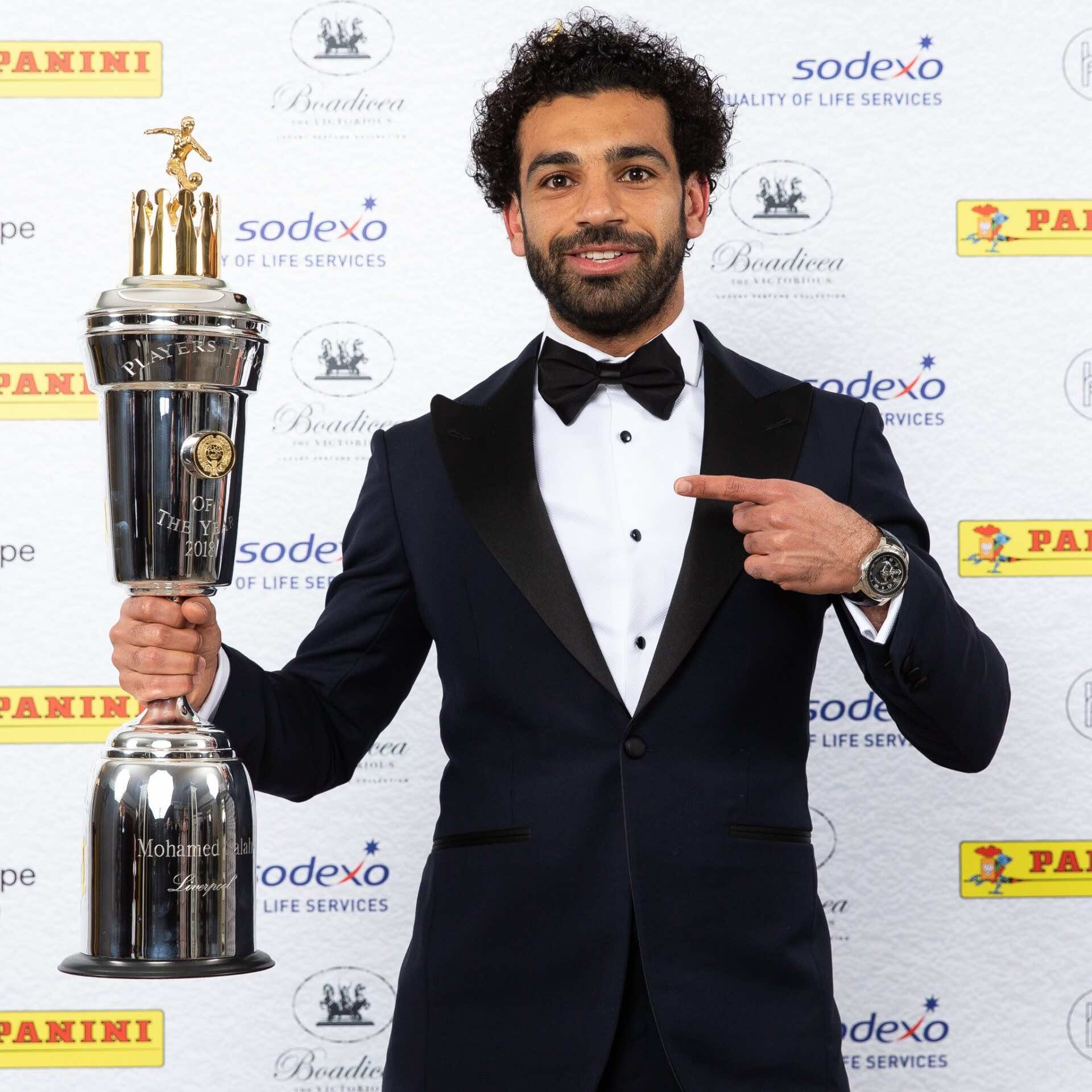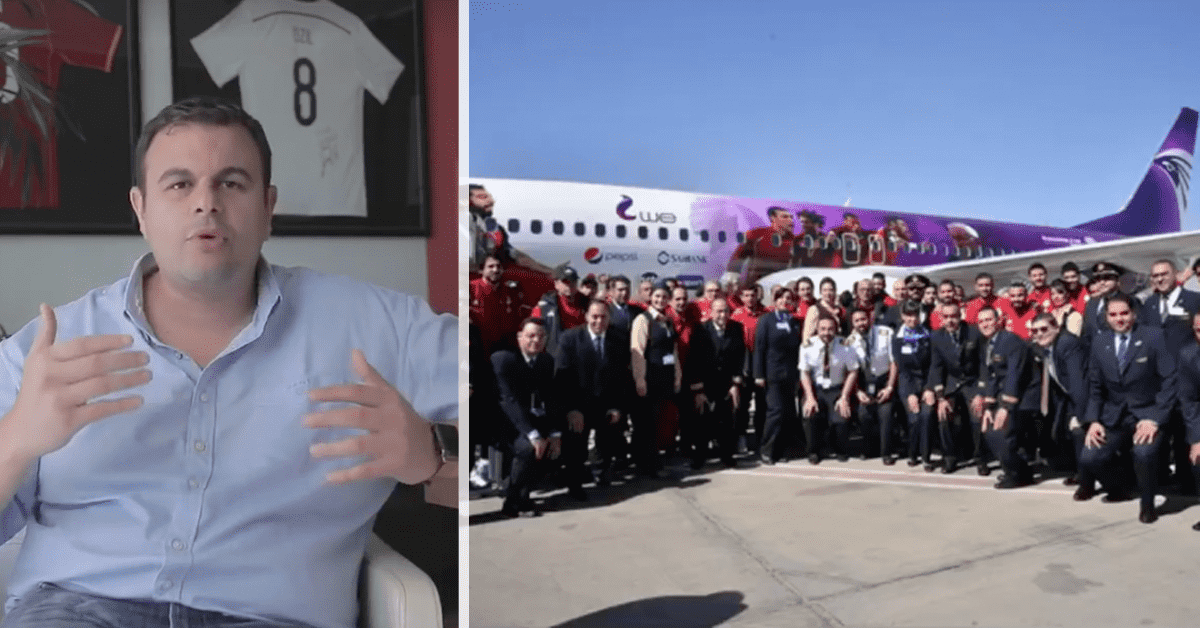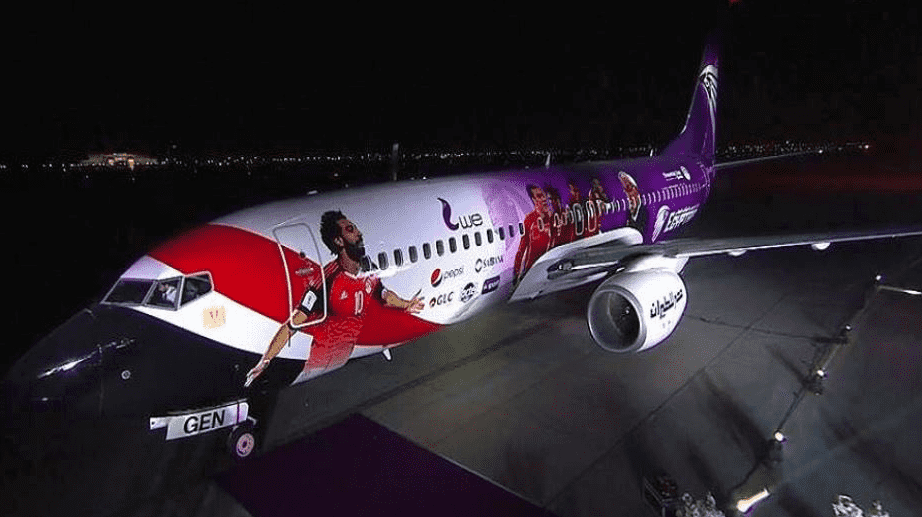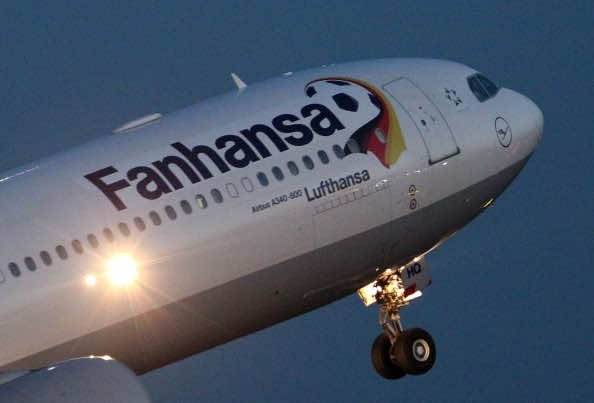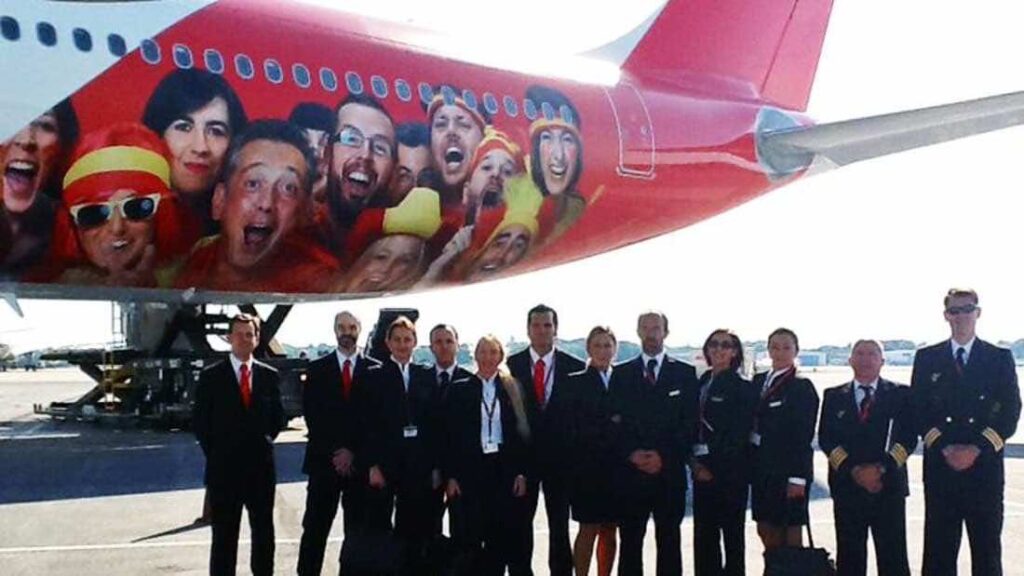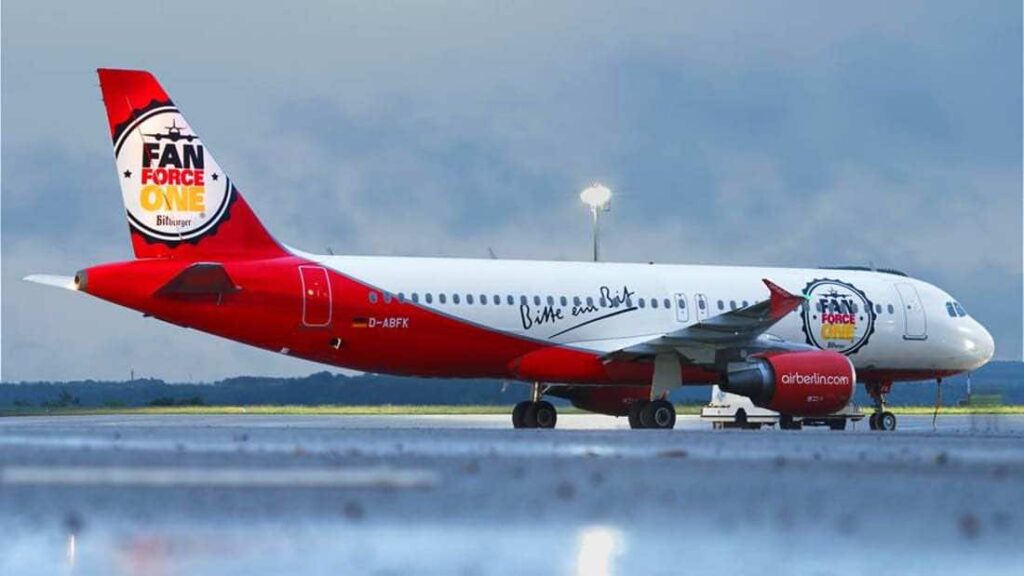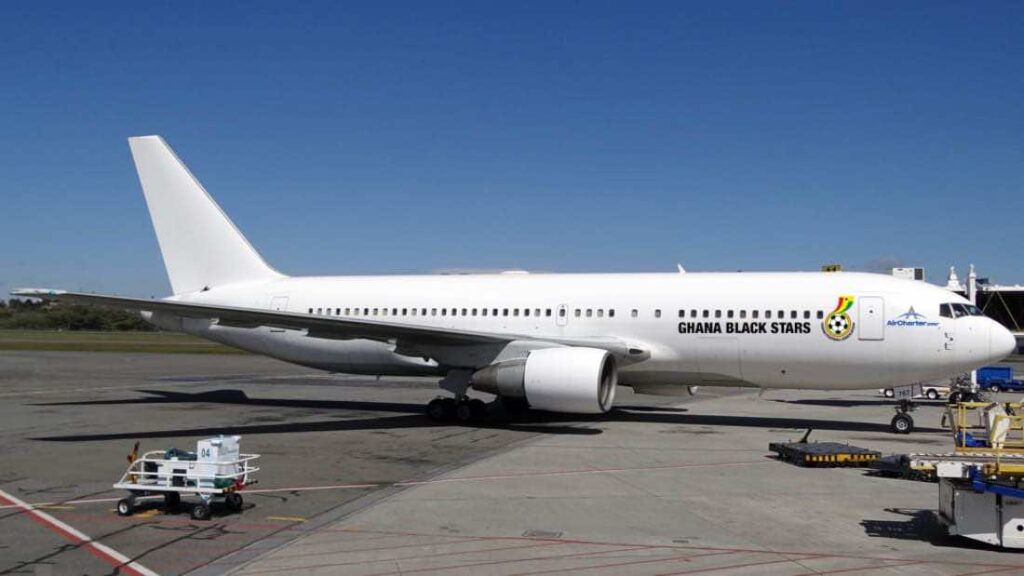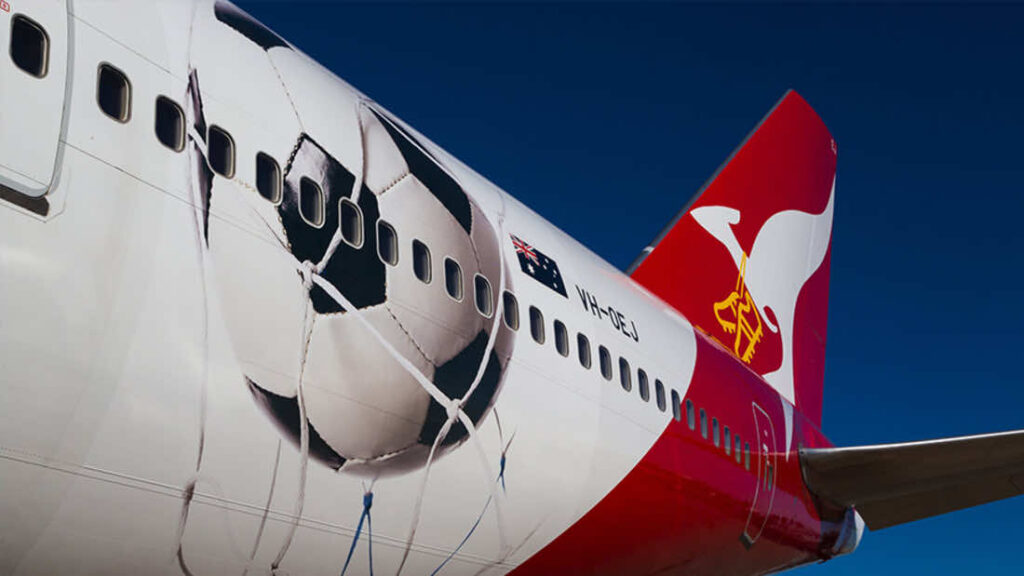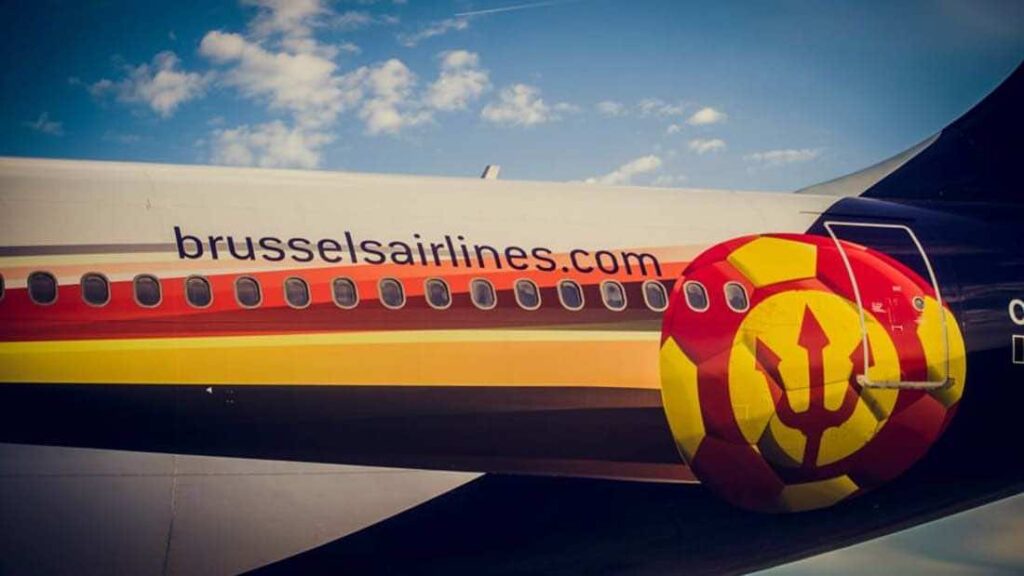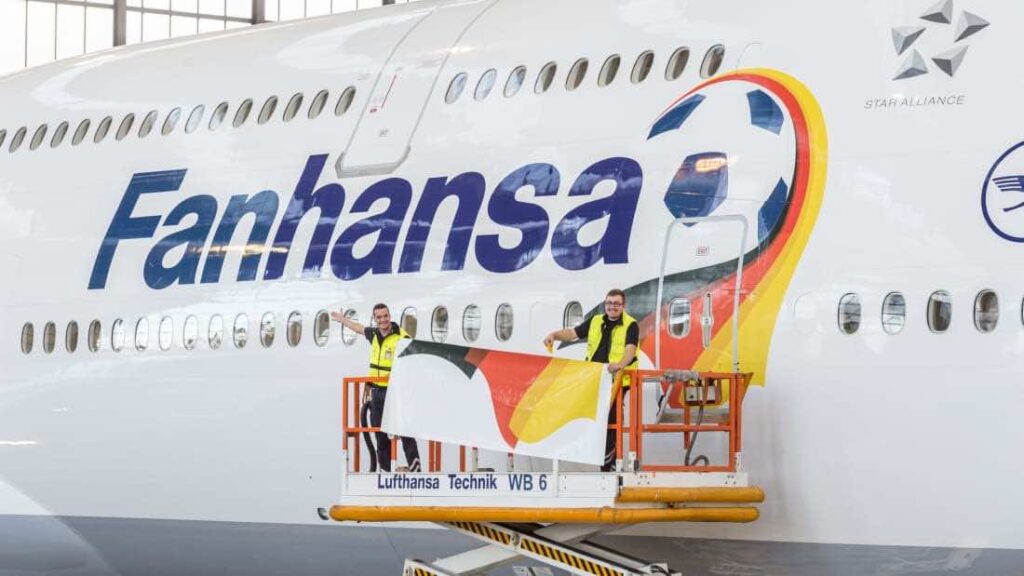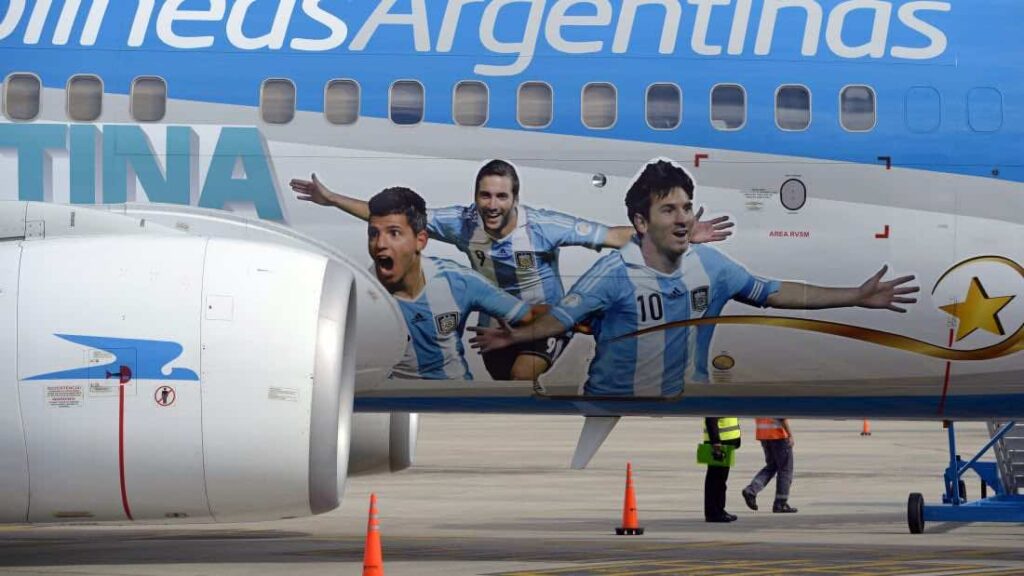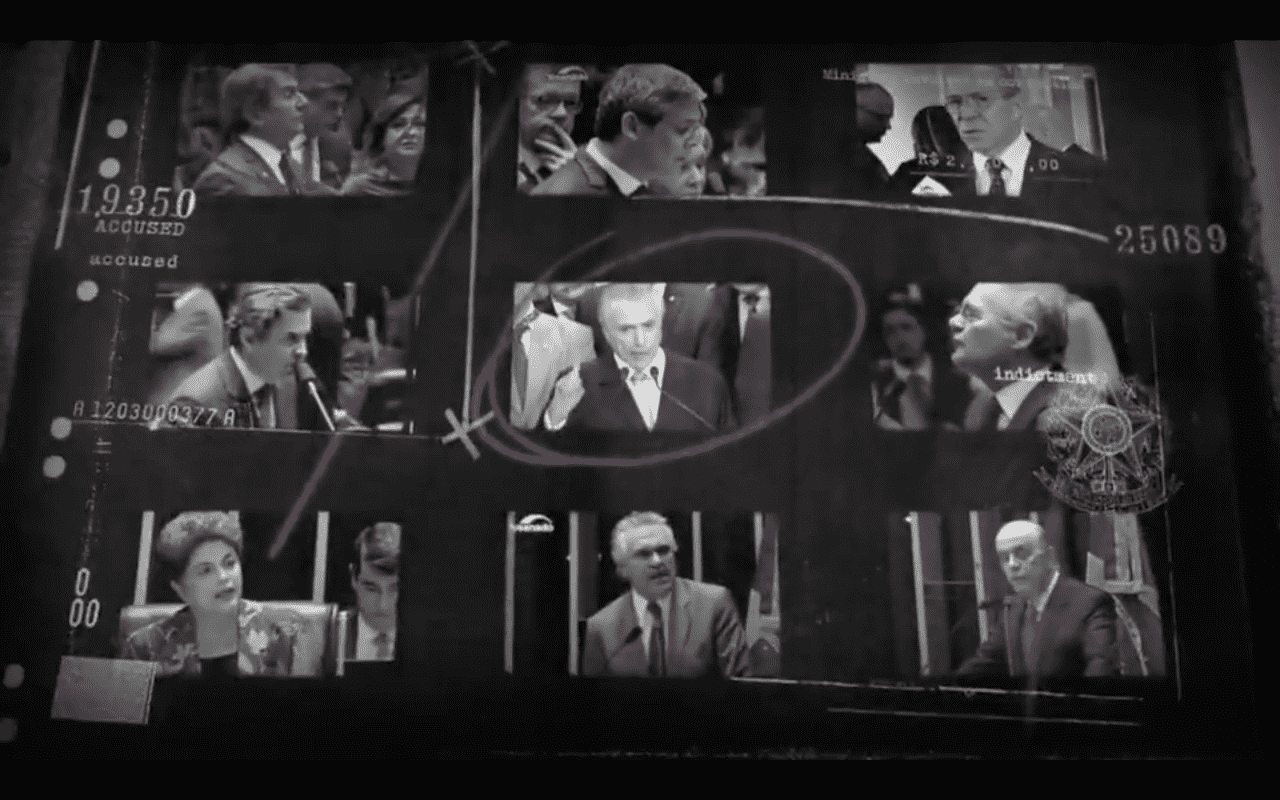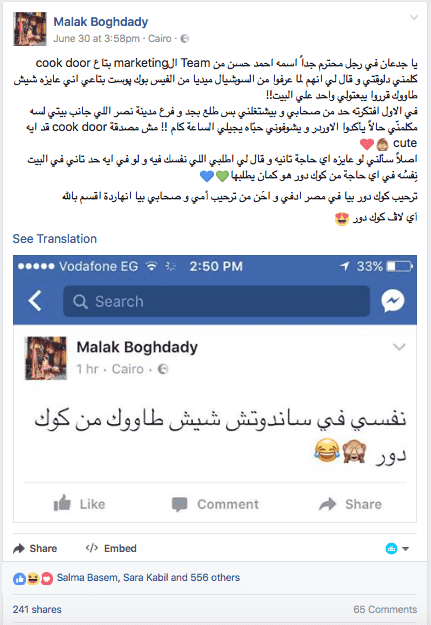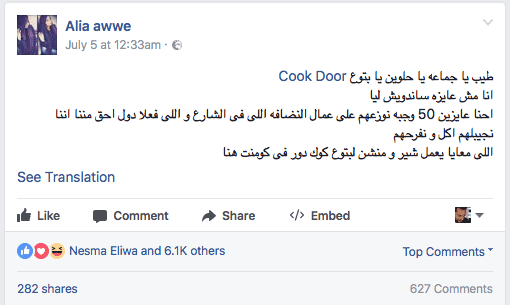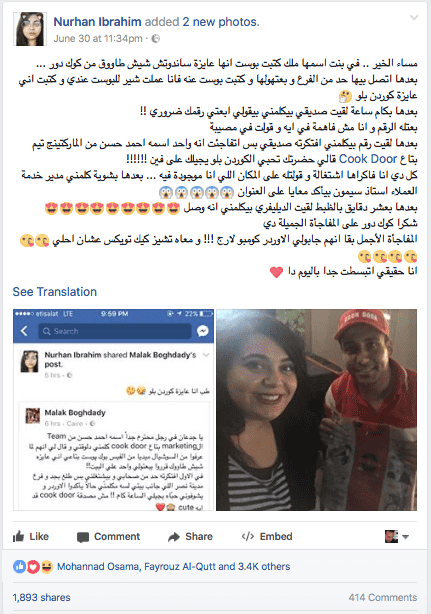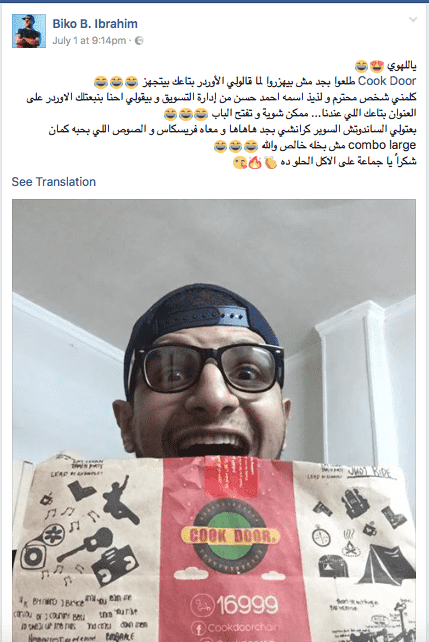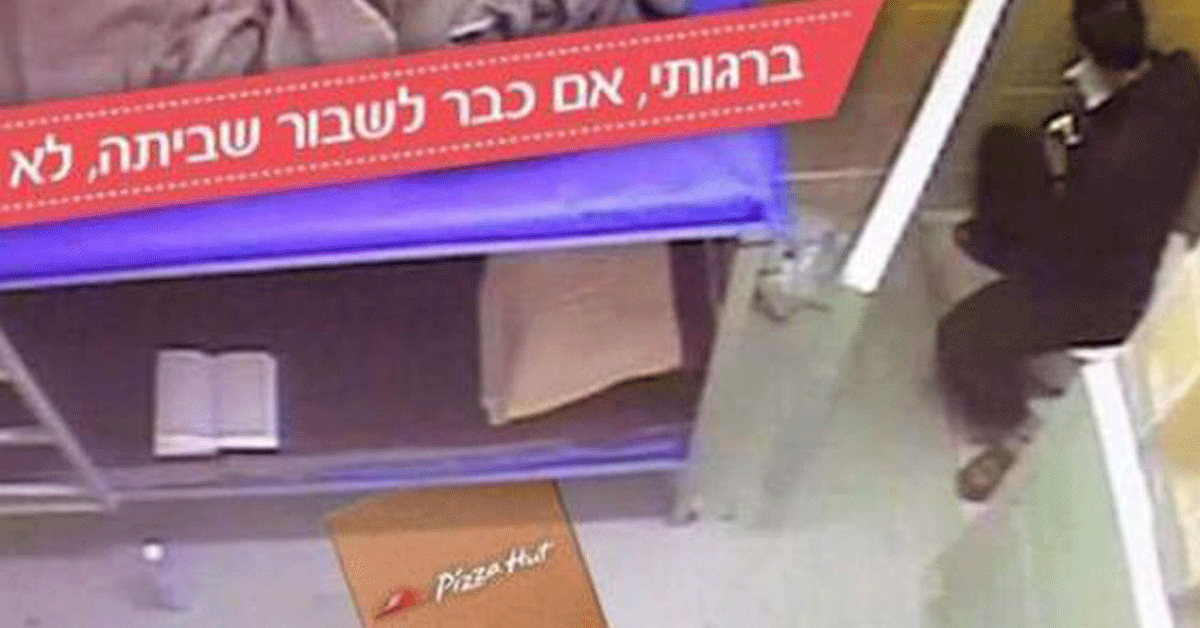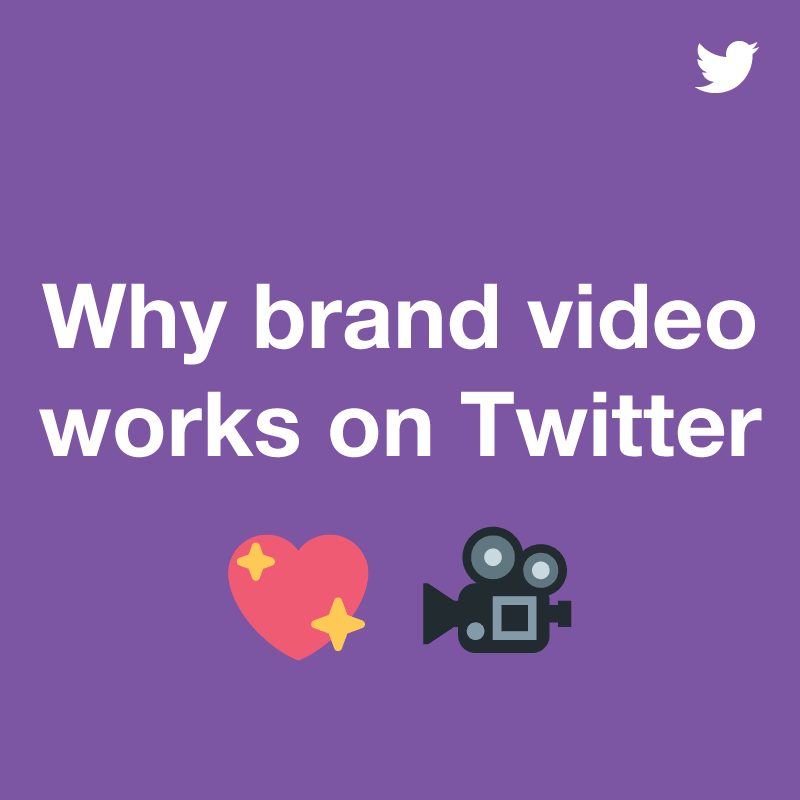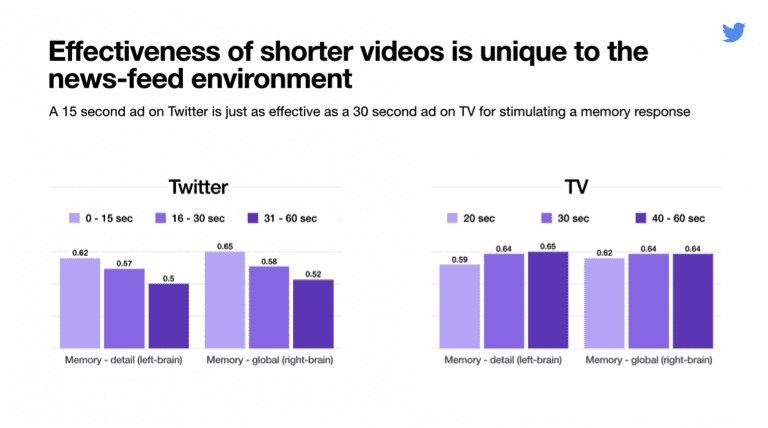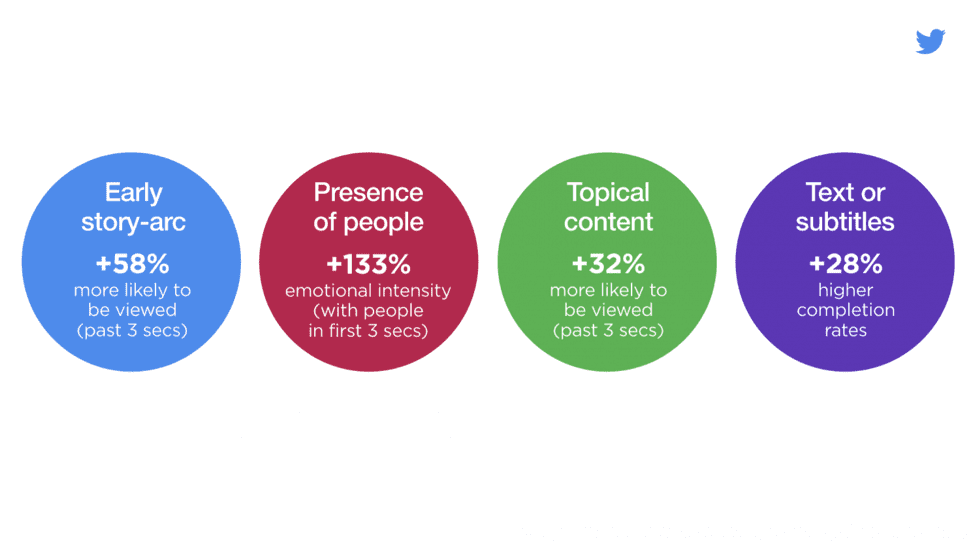Today, ElCoach, MENA’s premier on-demand fitness, and nutrition app released its Year in Review 2020 and we are seriously impressed.
With demand on Fitness apps growing by 46% during COVID-19’s first wave, it looks like this team worked harder to offer Arabs a chance to be slimmer and healthier.
Assem Emam, CEO & Co-Founder of ElCoach.Inc says “(we) worked like a beehive to grow our business in this tough time.”
He adds “(aiming to) help people of the MENA region find new and creative ways to stay fit and maintain a healthy lifestyle.”
Work paid off for Users and ElCoach
As the “best-in-class workouts engine in the MENA region”, ElCoach adapts users’ next workouts to push them faster & smarter towards achieving their goals.
Since it is a community-based model, the ElCoach community has collectively performed 2,843,388 workouts during 2020 to lose weight, gain muscle, or increase their fitness level.
No Couch but more Coach
The app also pushed users to turn their locked-down living spaces into gyms with the use of virtual fitness with videos.
As demand for “at home workout programs” with 8 times the size of demand for gym-based workouts. 90% of the demand was targeted towards “Weight Loss”.
Forget Baking, how about 150 K of Healthy Meals?
With ElCoach focusing on nutrition as part of a healthy lifestyle, their year-in-review shows users being less interested in stressing about calories and BMI.
Instead, users were more about nutritional factors like food macros and environment-friendly ingredients.
The app now boasts a roster of delicious vegetarian/vegan meals which empowered the ElCoach community to cook 157,369 healthy meals and eventually burning 165,864,300 calories collectively.
And with the economy suffering in 2020, 69% of ElCoach users opted for “pocket-friendly meals”.
Sweaty Steps for the Win
In November of 2020, ElCoach introduced a progress tracking & step counting feature to aid users in setting goals and measuring the progress of their steps, workouts, calories, and water consumption all in one place.
So, ElCoach community collectively walked 23,240,147 steps, and consumed 2,171,493 cups of water.
The Icing on the Healthy Cake
My most inspiring number, reading this report, was the fact that 88% of ElCoach’s premium subscribers reporting “noticeable change in their body shapes & fitness levels after trying ElCoach for the first few weeks”
It seems the app’s focus on offering a truly local and inclusive perspective on fitness gave the users a push to truly maintain a healthy yet very attainable lifestyle.
Assem wraps it eloquently, saying “It fuels our energy to know that our product resonates with customers and is fueling them to lead healthier and more fulfilling lives.”
